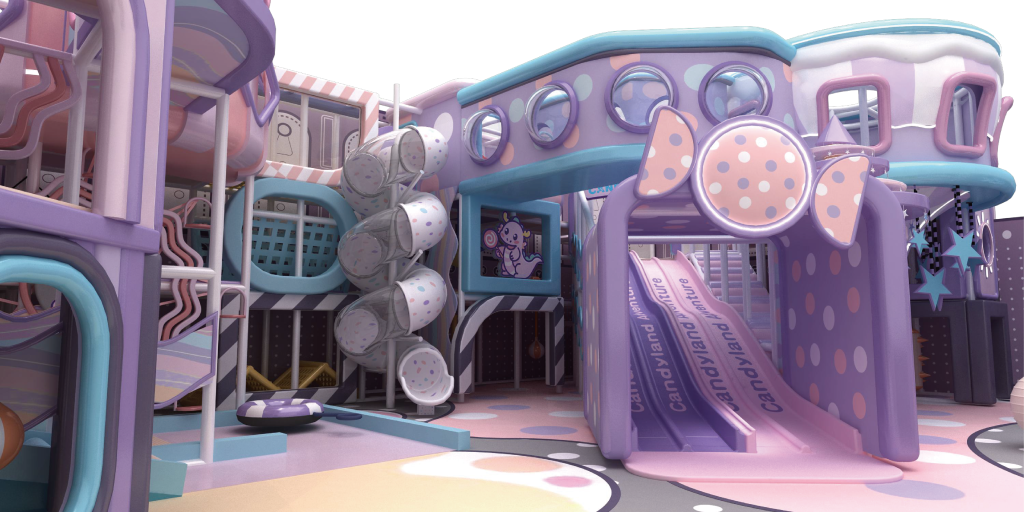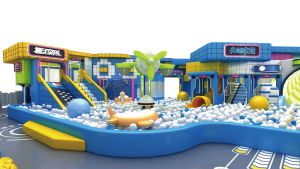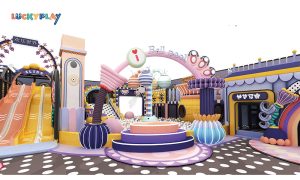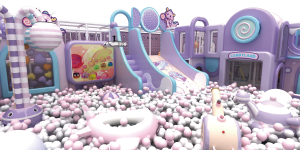Global Indoor Playground Investment Guide: Key Considerations for Investors
Indoor playgrounds have become a significant trend in the entertainment and leisure industry, particularly with rising demand for family-oriented spaces. As the global market grows, investors looking to enter the indoor playground sector can tap into an industry that promises both high returns and substantial customer engagement. This guide provides a comprehensive overview for investors interested in the indoor playground market.
1. Understanding the Indoor Playground Market
Indoor playgrounds provide safe, fun, and stimulating environments for children, often featuring various play structures like slides, climbing walls, ball pits, and interactive games. These venues are particularly attractive in urban settings where space for outdoor play may be limited.
- Market Growth: The indoor amusement park industry has been growing steadily, driven by factors such as increasing urbanization, rising disposable income, and a growing trend of family-oriented leisure activities. Additionally, safety concerns and unpredictable weather conditions make indoor spaces even more desirable for families.
- Global Reach: While demand is robust in developed markets like the United States, Europe, and parts of Asia, there is also considerable potential in emerging markets like the Middle East and Latin America.
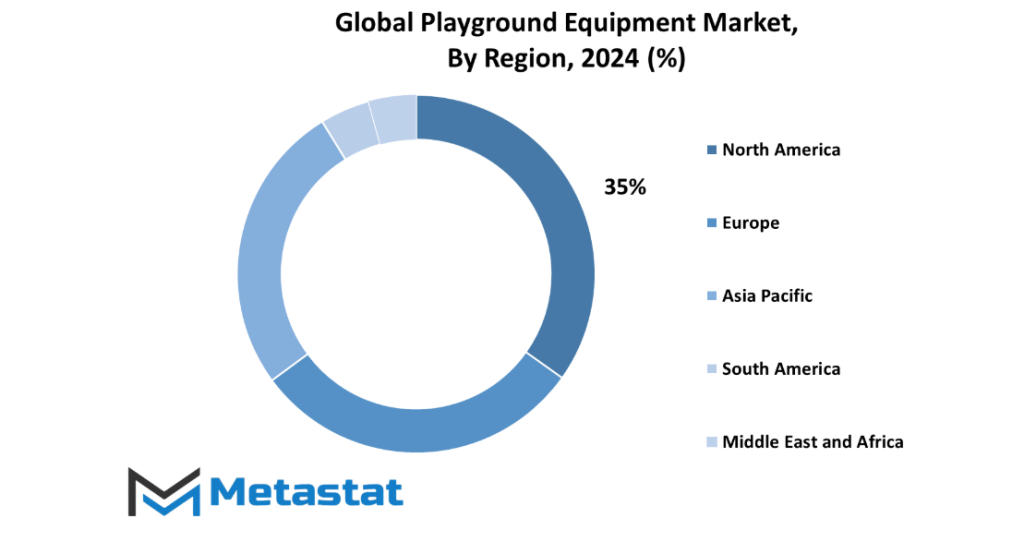
2. Key Investment Considerations
A. Location Selection
The success of an indoor playground is heavily reliant on location. Factors to consider include:
- Demographics: Locations near residential areas with a high concentration of young families are ideal. Shopping malls, entertainment complexes, and tourist destinations are also great venues.
- Accessibility: Easy access to transportation, parking, and visibility can make a big difference in attracting foot traffic.
- Competition: Analyze the local competition, including other indoor playgrounds, family entertainment centers, and alternative leisure options.
B. Market Research and Target Audience
Understanding the local market and consumer preferences is essential before investing. You’ll want to consider:
- Customer Preferences: Some markets may have a preference for more advanced technology-driven play options, while others may focus on traditional play features like slides and obstacle courses.
- Age Groups: The target age range (typically 1-12 years old) influences the design and setup of the playground. Offering specialized zones for different age groups can ensure safety and maximize the experience for all children.
C. Quality of Equipment and Safety Standards
One of the most critical aspects of indoor playground investment is ensuring the safety and quality of the equipment. Indoor play areas are subject to stringent safety regulations, so selecting the right manufacturer is paramount.
- Durability: Playground equipment must be built to withstand frequent use and diverse weather conditions, especially in high-traffic locations.
- Safety Standards: Look for suppliers that meet international safety standards, such as ASTM (American Society for Testing and Materials), EN1176 (European playground standards), and other relevant certifications.
- Innovative Features: Modern playgrounds should feature interactive elements like digital games, educational stations, and even sensory play features to keep children engaged.
D. Scalability and Design
Scalability is an important factor in investment decisions. Ensure the design of the playground allows for future expansions or the introduction of new features as customer demands evolve. Flexibility in design will allow the playground to adapt to new trends in children’s entertainment.
- Modular Designs: Look for playground designs that can easily be upgraded or expanded as the business grows. Modular systems make it easier to add or remove features to meet the demands of the market.
- Theming and Customization: Theming can significantly boost the appeal of the playground. Custom themes tailored to the local culture or global trends can attract a wider audience.
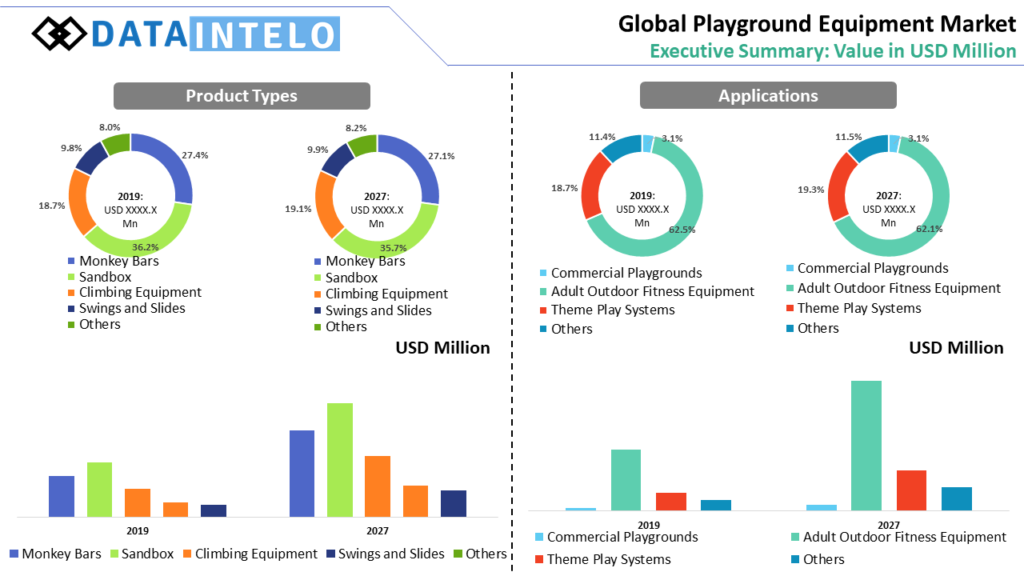
3. Return on Investment (ROI) and Revenue Streams
Investing in an indoor playground can provide various revenue streams. Apart from ticket sales, other sources of income may include:
- Birthday Parties and Events: Offering a venue for birthdays, school outings, or corporate events can be a lucrative part of the business.
- Food and Beverage: A café or snack bar can be a consistent source of revenue. Offering a variety of food and drink options tailored to both children and parents can enhance the experience.
- Merchandising: Selling branded toys, apparel, or souvenirs can be a successful additional revenue stream.
- Membership Programs: Monthly or annual membership programs offer families a more affordable option while ensuring steady revenue.
4. Operational Considerations
Efficient operation and management are key to maintaining profitability. Consider the following:
- Staffing: Ensure that staff is well-trained in both safety procedures and customer service. Regular training sessions can help improve operations.
- Maintenance: Regular inspection and maintenance of equipment are crucial to keeping the playground safe and appealing to visitors. Incorporating a maintenance schedule can reduce downtime and avoid costly repairs.
- Marketing: Utilize both traditional and digital marketing strategies to promote the playground. Social media, local partnerships, and influencer collaborations can effectively attract new customers.
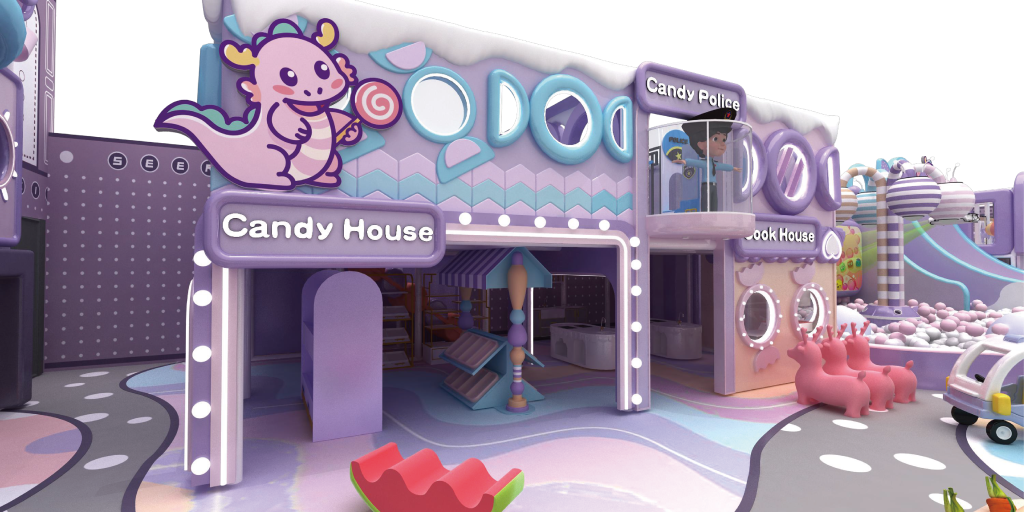
5. Financing and Investment Risks
Like any business venture, investing in an indoor playground involves financial risk. Some of the risks include:
- Initial Capital Investment: Setting up an indoor playground can require substantial initial capital for equipment, space leasing, and operational setup. Ensure you have access to appropriate financing options.
- Seasonal Variability: Some markets experience seasonality in demand, so managing cash flow during off-peak times is important.
- Market Demand Fluctuations: Consumer interest can shift, and it’s important to stay ahead of trends in entertainment and technology to maintain customer engagement.
